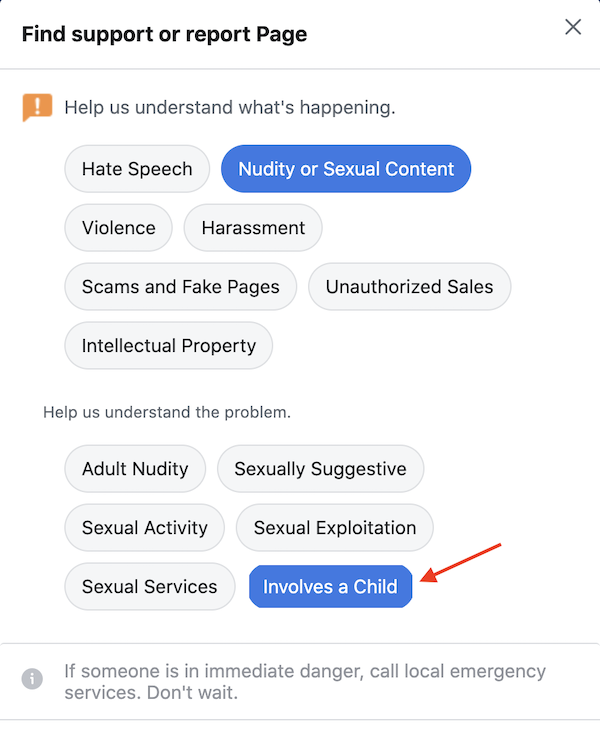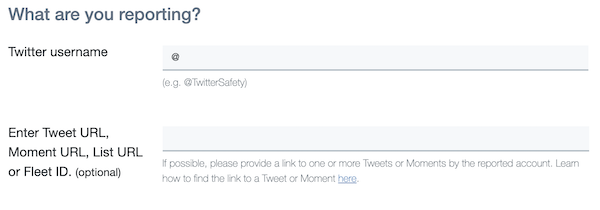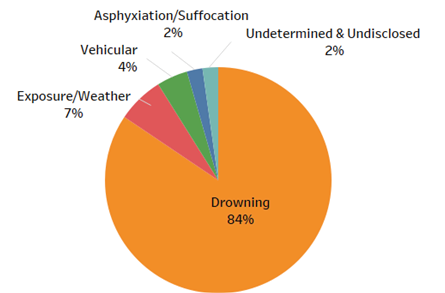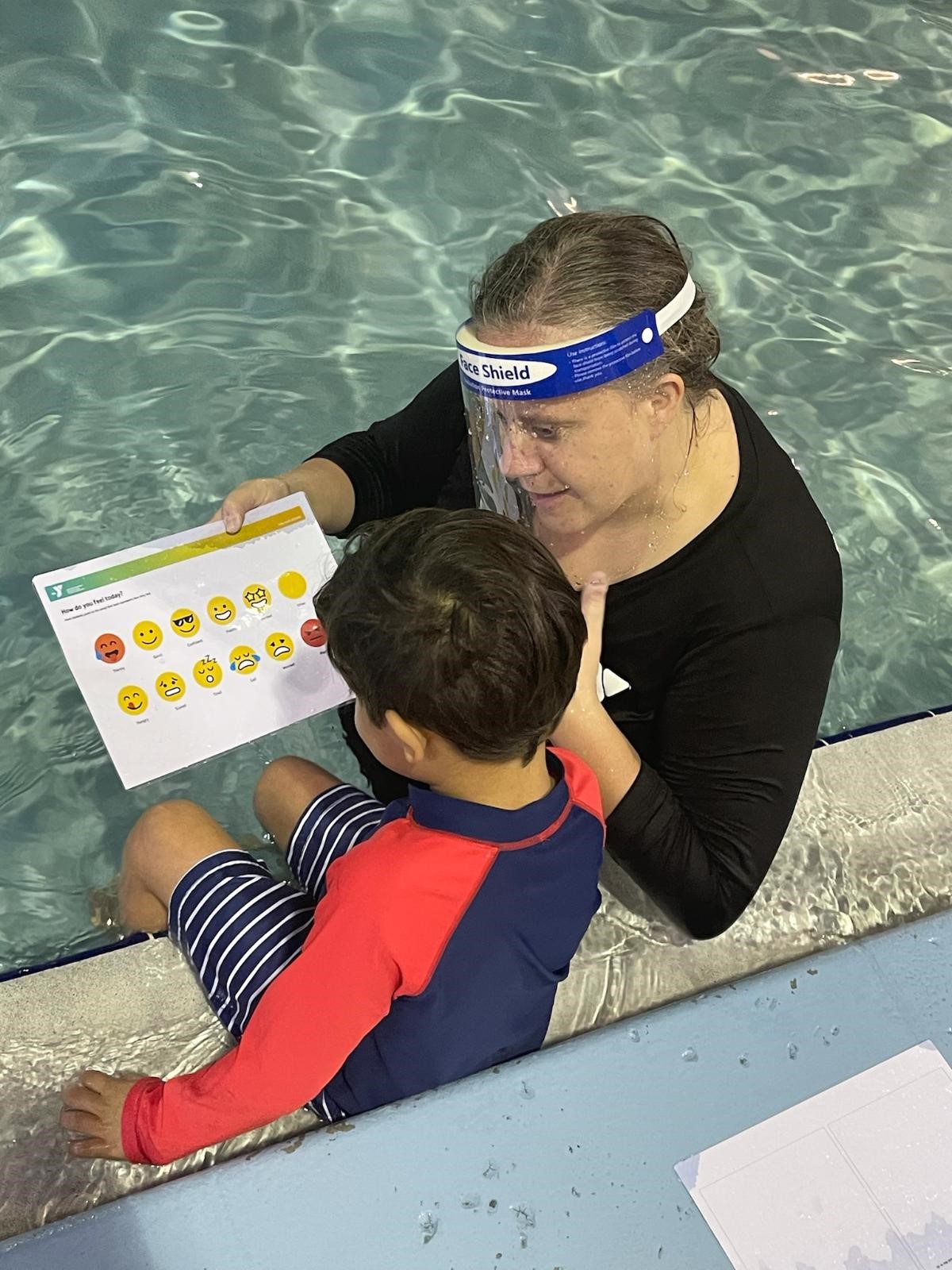Help Find Missing Children. Let's Put An End To Child Abuse And Exploitation... Care.
Monica Grover: On May 25, 1979, 6-year-old Etan Patz left his house to go to school.
Unfortunately, he never made it to his bus.
Decades later, we’d learn that he was kidnapped and murdered that same day. In 1983, President Ronald Reagan declared May 25 National Missing Children’s Day in Etan’s memory.
On the last episode of Inside the FBI, we gave you a look at how the FBI responds in the immediate aftermath of a child’s disappearance, and how parents can keep their families safe.
But what happens when a child disappears for months or years?
This time around, we’ll delve into some of our longtime missing children’s cases—because the FBI never forgets a missing kid, no matter how long they’ve been gone.
We’ll also provide a window into our efforts to track down some of these children and explain how you can help us bring them home.
I’m Monica Grover, and this is Inside the FBI.
* * *
Grover: Arianna Fitts was only 2 years old when she was last seen in February 2016 in Oakland, California. We learned she was missing after the body of her mother, Nicole, was discovered in a San Francisco park that April.
But since then, there have been no signs of Arianna, and Nicole’s killer remains unknown.
Over the past five years, the FBI and the San Francisco Police Department have worked together to find Arianna and, hopefully, to bring Nicole’s killer to justice, too. Despite the passage of time, investigators are still actively searching for Arianna.
According to Scott Schelble, the assistant special agent in charge of the FBI’s San Francisco Field Office, the FBI does everything in its power to find a missing child until they’re either found alive or their remains are recovered.
Scott Schelble: It doesn’t matter if it has been one day, one week, five years, or 10 years. I think the American public expect that of us, and I think every parent would have that same expectation: that we are not going to give up looking for a child just because some time has passed.
Grover: Investigations can get more complicated with time, but the same wait that can devastate victims’ families can also allow technological advances to emerge. We hope that one of these breakthroughs may move this case—and others—forward.
Schelble: We do not look at Arianna’s disappearance as a cold case or as a case that is put onto a back burner. This is a case we are actively looking at, and it’s going to remain an active case until we are able to resolve it.
The FBI is working very closely with the San Francisco Police Department, and we are in this side-by-side to the conducting of interviews, the collecting of information, the analysis of forensic evidence, and following every lead until we are able to determine both what happened to Arianna, as well as what happened to Nicole, and to hold those people accountable.
Grover: If you have any information about Arianna’s disappearance or Nicole’s murder, please contact the FBI San Francisco Field Office at (415) 553-7400 or visit tips.fbi.gov. Any piece of information may be helpful.
Schelble: We want the public to remember every detail that they can and to share that information with us. No detail is unimportant. No detail is irrelevant. We are putting together a puzzle here, and every piece plays a critical role. So what we’re asking from the public, if you remember something—however innocuous it might seem—please contact us, even if you have previously talked with law enforcement.
* * *
Grover: In 1974, Margaret Ellen Fox, then 14, placed an ad in her local newspaper offering her babysitting services for the summer. On June 24, she boarded a bus near her hometown of Burlington, New Jersey, to travel about 10 miles to the nearby town of Mount Holly. There, she planned to meet someone she thought was interested in hiring her as a babysitter.
She never returned home.
Not long after her disappearance, ransom notes arrived at the Fox family’s house, and an anonymous caller claiming to have Margaret in his custody demanded $10,000 in exchange for her safe return home.
We’re gonna play that audio for you.
Man’s voice on recording: $10,000 might be a lot of bread, but your daughter’s life is the buttered topping.
Grover: According to Special Agent Bradley Zartman—who is working on Margaret’s case 47 years later—investigators traced the foreboding phone call to a local A&P supermarket. However, the caller’s identity remains unknown to this day.
Despite these early setbacks, the FBI and the local police have never forgotten Margaret, and they’ve spent nearly five decades trying to figure out what happened to her.
Bradley Zartman: So while it’s been 47 years, we're not gonna stop looking for her, we’re not gonna stop trying to understand what may have happened. And while it may get harder and harder each year, I'm hoping with new inventions in forensic science and those sort of things, maybe we can reanalyze, keep poring through the case, and figure out some new avenues in order to pursue what may have happened.
Grover: Her community hasn’t forgotten her, either. In fact, Burlington citizens talk about Margaret regularly. As the city’s police chief, John Fine, told us:
John Fine: I think that this is an open wound that the city would love to be healed. In Burlington City, this is still often talked about when you walk into a local diner or a local pizza shop.
This past week I went into the local deli, and her poster of being missing is still posted on the board and at the counter still today in Burlington City, where the deli is located around the corner from her house.
There’s still family that are local. We still keep in touch with the brother, who always wanted to know what happened to his sister. And as a parent, we always think about, if this was my daughter or if this was my sister, that in the event that she is passed away, that we could give her a proper burial.
Grover: If you think you have any information on Margaret’s disappearance, please contact the FBI’s Newark Field Office at (973) 792-3000 or tips.fbi.gov. The bureau is offering a $25,000 reward for information that leads to the arrest and/or conviction of anyone who may be responsible for Margaret’s disappearance.
Zartman: Literally every day, if not year, the people that were alive and in the area at that time are no longer here. We lose people, and, you know, along with them, we could lose witnesses, we could lose facts, we could lose that evidence. So, just as the chief said, every little bit of information that someone has, no matter how minute or far-fetched it might seem, we’ll look into it.
* * *
Grover: On June 4, 2010, 7-year-old Kyron Richard Horman vanished after attending a science fair at Skyline Elementary School in Portland, Oregon, that morning. He was last seen wearing a black t-shirt with the letters “CSI” and a handprint graphic across the front.
In mere hours, the FBI joined the hunt for Kyron, explains Case Agent Brendan Dennard.
Brendan Dennard: Since that first night, the FBI has partnered with the lead investigative agency, the Multnomah County Sheriff’s Office, to help find Kyron. In those early days of the case, the FBI provided dozens of agents to help do neighborhood canvasses and interviews.
Over the next few weeks and months, we also brought in specially trained agents from the FBI’s Child Abduction Rapid Deployment—or CARD—team, digital forensic experts, and crisis management experts to support the large influx of information and tips.
Grover: The FBI has also supported the search for Kyron by providing backup from its Behavioral Analysis Unit and signal-boosting national publicity initiatives, he said.
The Bureau’s wide-ranging network of special agents—who are based across the country and around the globe—has enabled the FBI to vet tips from beyond Kyron’s backyard, he added.
Dennard: Everyone who has worked on this case for the past decade has one overriding goal: to bring Kyron home. Kyron and his family deserve no less than that.
It doesn’t matter whether you are a detective, deputy, officer, prosecutor, or an FBI agent—that need to find Kyron and provide answers to his family is something we all deeply feel.
Grover: If you have any information about Kyron’s disappearance, contact the FBI Portland Field Office at (503) 224-4181 or tips.fbi.gov.
* * *
Grover: On the last episode of Inside the FBI, we mentioned that “stranger danger” abductions are relatively rare—and that abducted children are most often taken by someone they know or their family knows. And in some cases, it’s the child’s very own parent that does the kidnapping. In these parental kidnappings, one parent illegally denies the other parent access to their own child.
Parental kidnappings can happen within the U.S., but they get more complicated when a mom or dad takes their child overseas. That parent may think they’ve evaded the grasp of American law, but that’s not always the case. The FBI has international offices—known as legal attachés—and can join forces with host-country authorities to track down missing children and reconnect them with their parents back home.
One such case that we’ve been tracking for years is that of Amina and Belel Kandil.
When 10-year-old Amina and her 8-year-old brother Belel left their Virginia home with their father, Ahmed Kandil, in August 2014, they thought they were flying to Canada to visit family—but instead, he took them to Turkey. A warrant is out for Ahmed’s arrest.
FBI Special Agent Stacey Sullivan, who’s working the case out of our Norfolk, Virginia office, said the Bureau has thoughts on the teenagers’ current whereabouts.
Stacey Sullivan: We do have quite a few ideas of where they could be. We have narrowed it down and believe them primarily to be with their father, yes. We don’t believe he would let them out of his sight at this point. And his father has very strong family ties to include his own parents, as well as some other relatives that reside in Egypt, so based on everything so far, potentially, we believe they are in Egypt.
Grover: Sullivan is working closely with the FBI’s legal attaché office in Egypt and the U.S. State Department to track down the siblings. And although Amina and Belel have been missing for almost seven years—presumably overseas—the FBI is still committed to finding them.
Sullivan said their mother’s anguish has amplified the personal significance of closing this case.
Sullivan: I see the turmoil that she has to encounter. She writes to them every single day in a journal, letting them know how much she misses them and that she’s never stopped looking for them.
We never know what they’ve been told or what they believe now, having been separated from her for so long. So, it’s important for me, also, for them to know that their mother never gave up and that they can have communication again with her and rebuild that relationship that was taken from them.
Grover: If you have any information regarding Amina and Belel, you can contact the FBI Norfolk Field Office at (757) 455-0100 or send us a tip at tips.fbi.gov.
Sullivan: We have had various tips come in over the years, and we have traced them all down, so the tip line has been very productive for us.
Grover: Sullivan encourages people to especially keep an eye out for them online, and to keep in mind that they might even be going by different names.
Sullivan: I’m sure, with this day and age, a lot of people are online. They may have different identities online, but if they were to see them or think they saw them, any tip would be gratefully appreciated.
Grover: Tips like these could be crucial to helping us find Amina and Belel and put them back in contact with their mother, who misses them and wants to know they are safe.
* * *
Grover: Thanks for joining us as we learned how the FBI is pressing on to reunite families that have been torn apart by child abductions for years—or even decades.
For photos and more information about Arianna, Margaret, Kyron, and Amina and Belel, plus other missing kids we’re still searching for, please visit fbi.gov/missing2021.
If you have any information about any of these children, please contact us at tips.fbi.gov or call your local FBI field office.
This has been another production of Inside the FBI. You can follow us on your favorite podcast player, including Spotify, Apple Podcasts, or Google Podcasts. You can also subscribe to email alerts about new episodes at fbi.gov/podcasts.
I’m Monica Grover from the FBI’s Office of Public Affairs. Thanks again for tuning in.




















